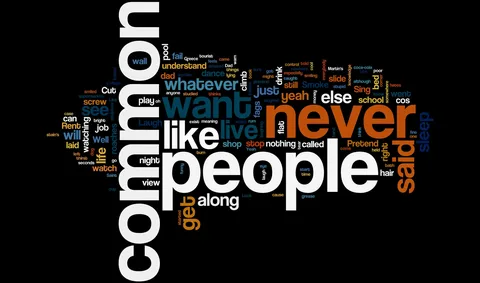In the enchanting world of books, where every page holds a universe waiting to unfold, the choice of fonts plays a pivotal role in the reader’s experience. This exploration delves into the artistry of book fonts, uncovering the nuances that transform words into a visual journey, and the impact these fonts have on the immersive magic of storytelling.
The Symphony of Book Fonts:
- Crafting the Reading Experience: Book fonts are not mere vessels for words; they are artisans of the reading experience. Serif fonts often take center stage in book design, as the gentle serifs guide the reader’s eye along the text, creating a flow that is both pleasing and natural.
- Traditional Elegance with Serifs: Serif fonts, such as Times New Roman and Garamond, have been steadfast companions in the world of literature. Their timeless elegance evokes a sense of tradition, making them go-to choices for classic novels, scholarly works, and book genres that demand a touch of sophistication.
Exploring Serif Alternatives:
- Modern Twists with Sans Serifs: While serifs reign in traditional book design, the modern era welcomes experimentation. Sans-serif fonts make occasional appearances, injecting a contemporary flair into genres like young adult fiction, self-help, and graphic novels. Their clean lines offer a fresh perspective without compromising readability.
- Playful Ventures into Display Fonts: In certain genres, especially children’s books and fantasy literature, designers venture into the realm of display fonts. These fonts, adorned with whimsical elements and artistic flourishes, become characters in themselves, enhancing the thematic elements of the narrative.
Considerations in Book Font Selection:
- Legibility and Readability: The paramount consideration in selecting book fonts is legibility and readability. The chosen font should facilitate an effortless reading experience, allowing readers to immerse themselves in the narrative without distraction.
- Reflecting Genre and Tone: Book fonts are storytellers in their own right, conveying the genre and tone of the narrative. A thriller may embrace bold and impactful fonts, while a romance novel may opt for softer, more flowing choices, creating a visual harmony with the story’s essence.
Typography’s Dance with Book Covers:
- Font-Image Symbiosis: The synergy between book fonts and cover design is an artful dance. Fonts must complement the visual elements of the cover, ensuring a seamless transition from the enticing exterior to the captivating world within the pages.
- Branding through Typography: Establishing an author’s brand extends beyond the narrative itself. Consistent use of specific fonts across an author’s works fosters brand recognition, creating a visual signature that loyal readers can instantly associate with the author’s unique voice.
Technology’s Influence on Book Fonts:
- E-Books and Font Flexibility: The digital age has ushered in a new era for book fonts. E-books provide readers with the flexibility to customize font styles and sizes, empowering them to tailor their reading experience. This shift underscores the importance of offering a diverse range of font options to accommodate varied reader preferences.
- Responsive Design Challenges: With books transitioning to various digital formats, font choices must accommodate responsive design challenges. Fonts need to adapt seamlessly to different screen sizes while preserving the intended aesthetic and readability.
Conclusion: The Enchanting Epilogue of Book Fonts
As we turn the final pages of this exploration, the enchanting epilogue lies in the realization that book fonts are more than characters on a page; they are conduits of storytelling’s artistry. With each stroke and serif, they contribute to the symphony of literature, guiding readers through realms unknown and leaving an indelible mark on the tapestry of the reading experience
